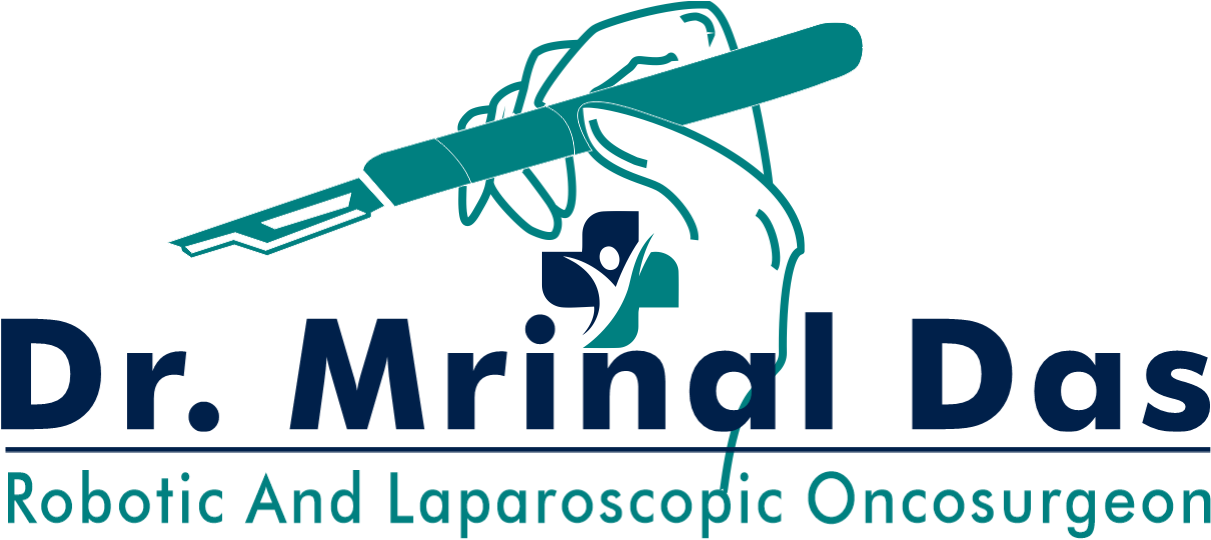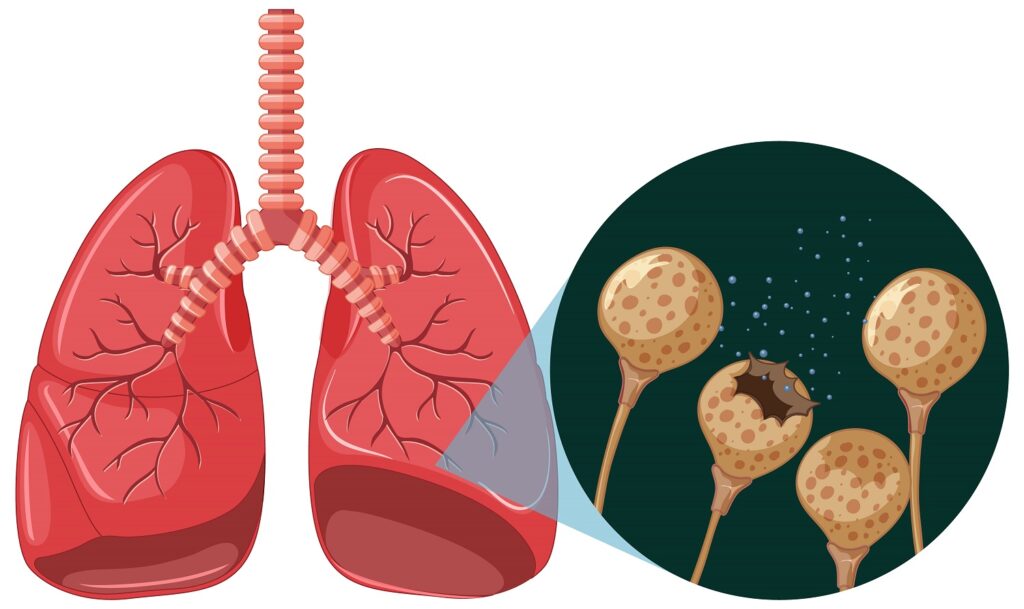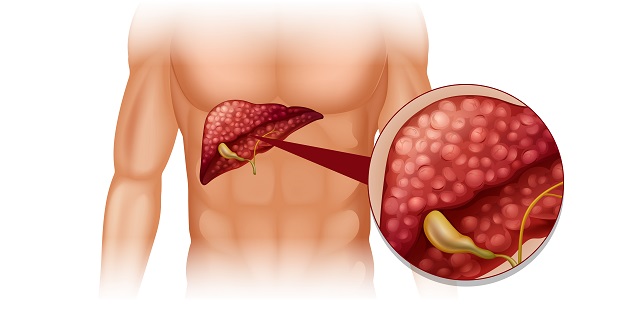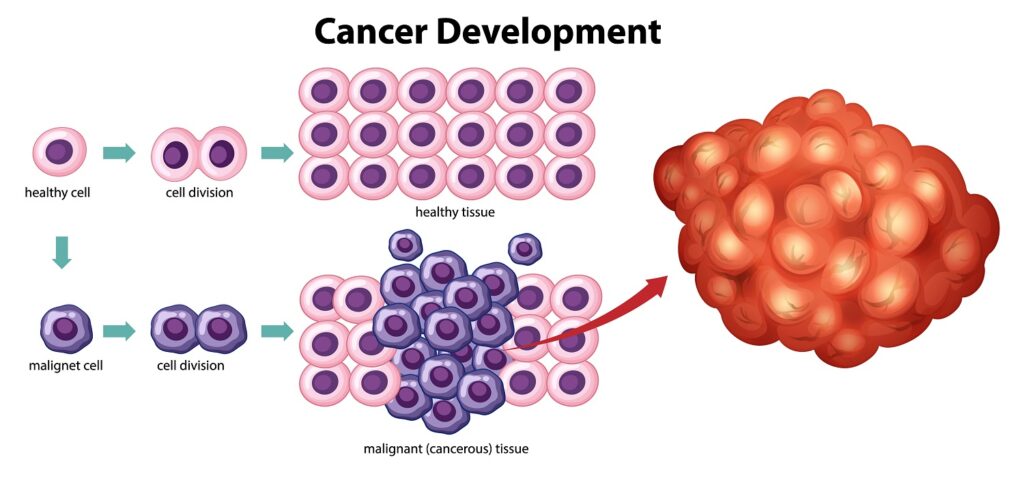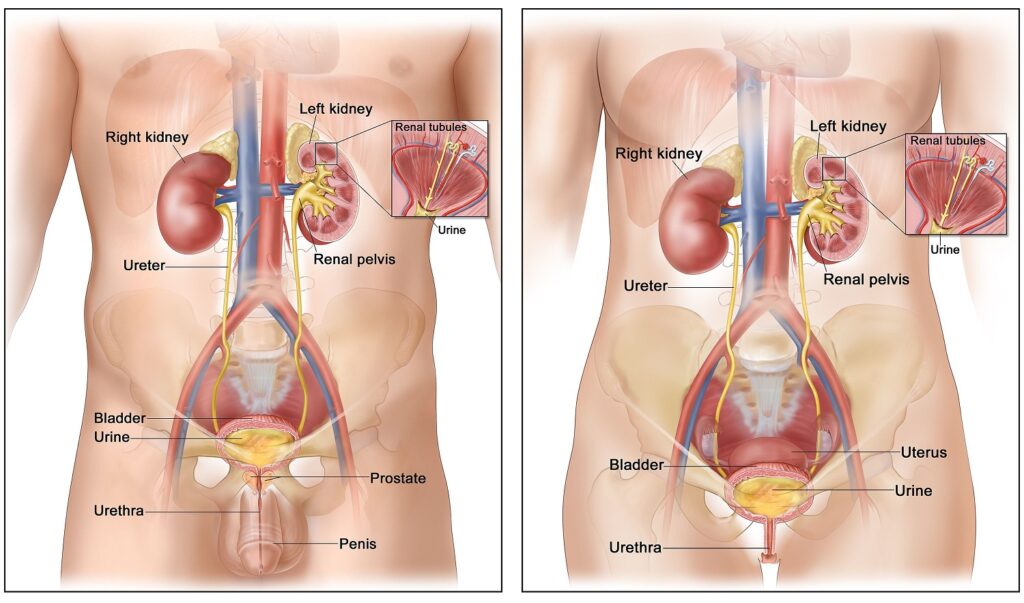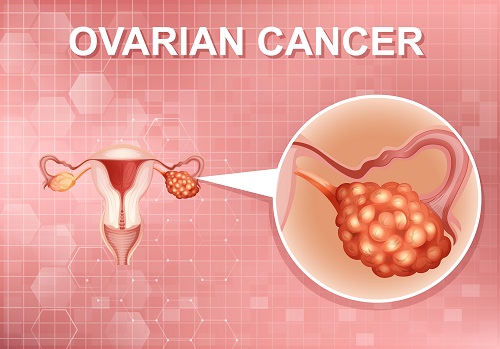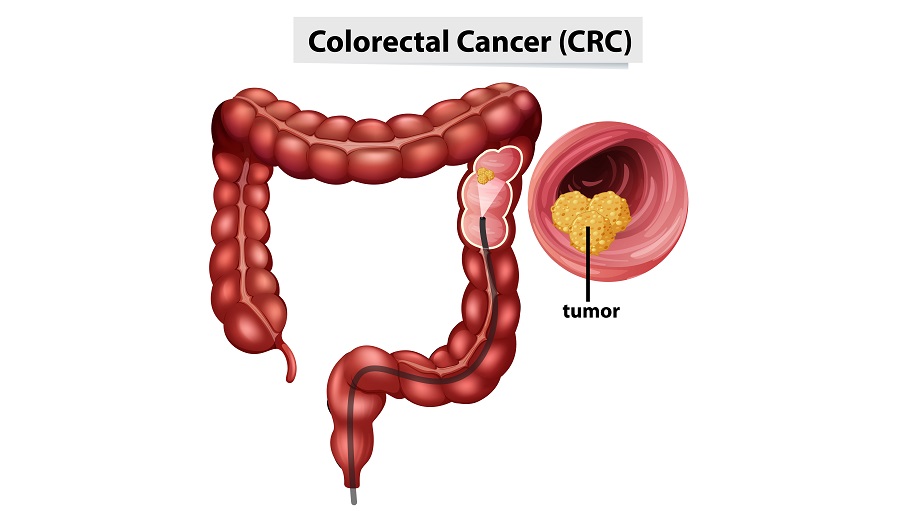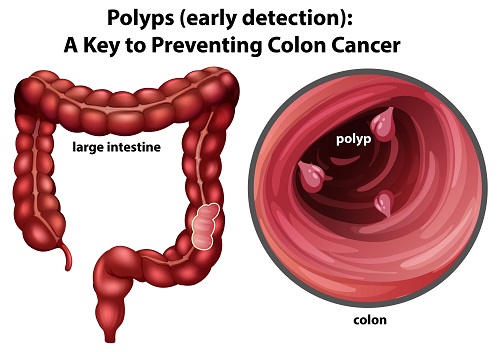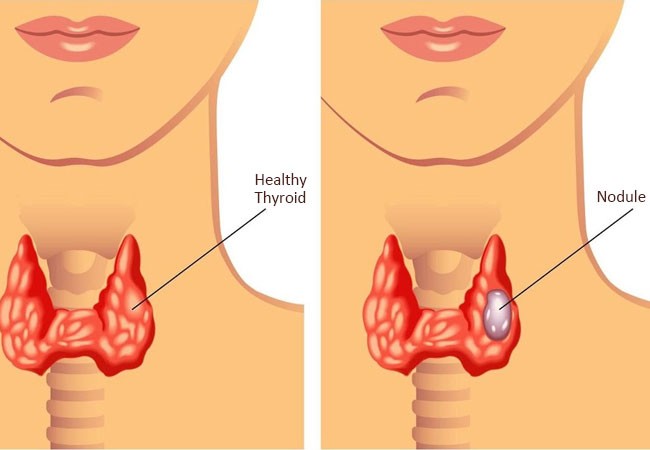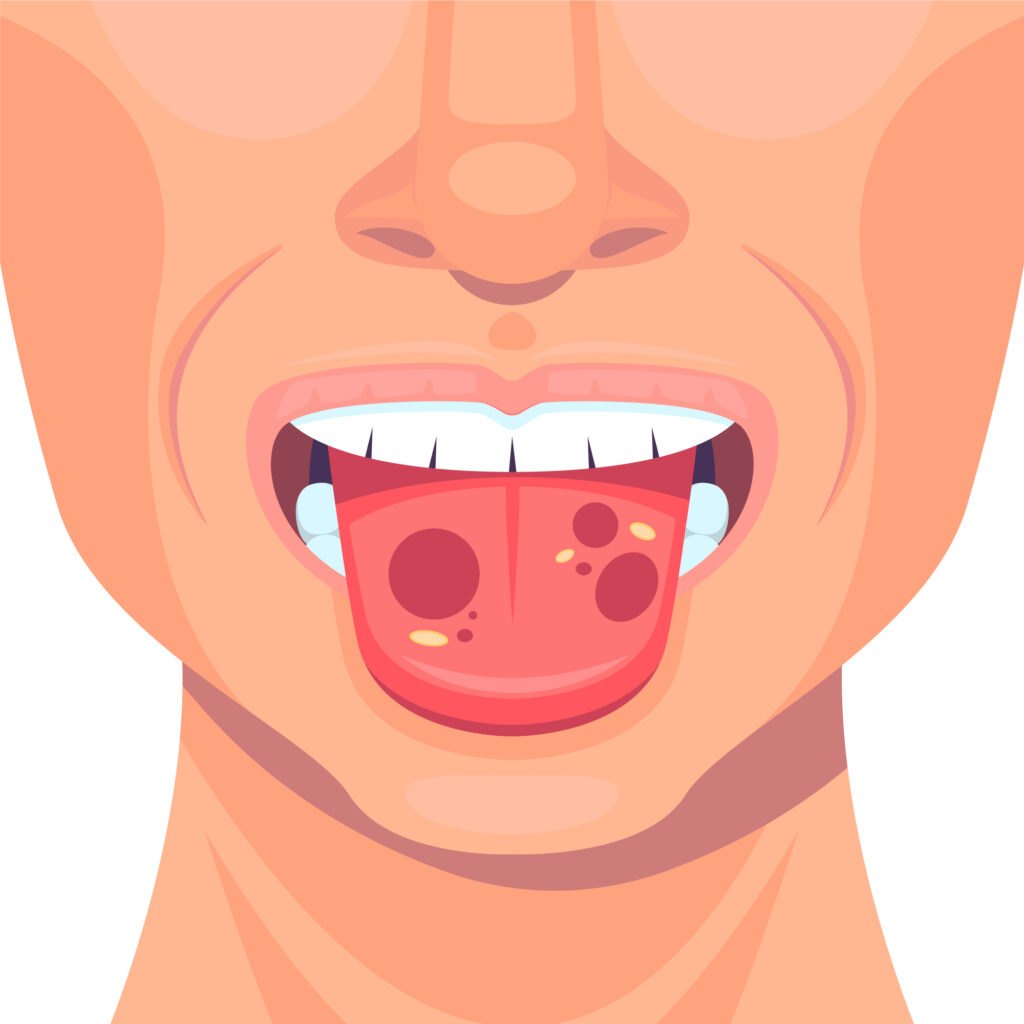Lung & Chest Masses: Causes, Cancer Warning Signs & When to Seek Help
Finding a mass in the lung or chest area—whether on a scan or due to symptoms—can be distressing. While not all masses are cancerous, they must be thoroughly evaluated, as early detection plays a critical role in managing lung cancer and other thoracic conditions. This blog offers a clear overview of lung and chest masses, including their types, causes, symptoms, when to worry, and how they are treated. 🫁 What Are Lung & Chest Masses? A chest mass refers to any abnormal tissue growth in the lungs, mediastinum (space between lungs), or chest wall. It may be: Lung masses are typically greater than 3 cm, whereas smaller nodules (under 3 cm) may also need monitoring. ⚠️ Possible Causes of Chest & Lung Masses ✅ Benign Causes: ❗ Malignant Causes: 🚨 Warning Signs & Symptoms Many chest or lung masses may be asymptomatic early on, but watch for: 🧪 Diagnosis: What Tests Are Done? If a chest or lung mass is suspected, your doctor may order: 🩺 Treatment Options Management depends on whether the mass is benign or malignant: 📞 When Should You See a Doctor? Contact your healthcare provider if you experience: ❓ FAQs Is every lung mass cancer?No, many are benign, but all masses require evaluation. How quickly should a lung mass be investigated?Promptly—especially if you have risk factors like smoking, family history, or symptoms. Can benign lung masses turn into cancer?Very rarely. However, some precancerous lesions need close monitoring. ✅ Final Thoughts A chest or lung mass doesn’t always mean cancer, but it’s something you should never ignore. Timely imaging, diagnosis, and—if needed—treatment can dramatically improve outcomes, especially in lung cancer where early detection is crucial. lung mass causes, chest tumor symptoms, benign lung nodules, lung cancer signs, when to worry about chest mass, lung nodule CT scan, thoracic mass diagnosis, chest mass treatment, cough and chest pain, lung biopsy
